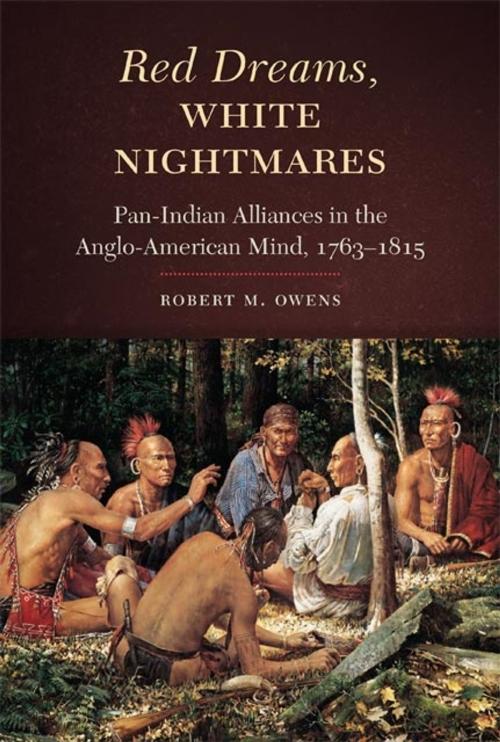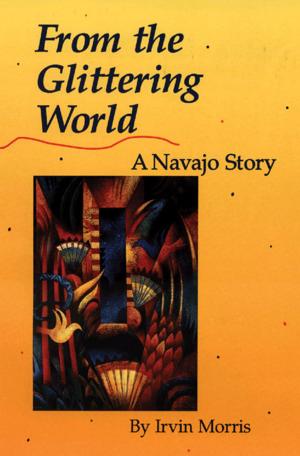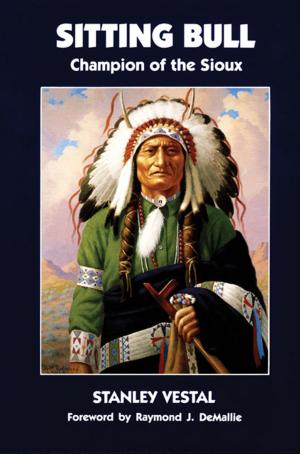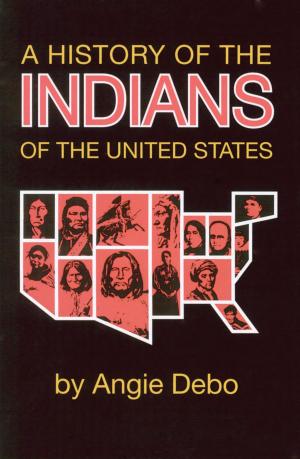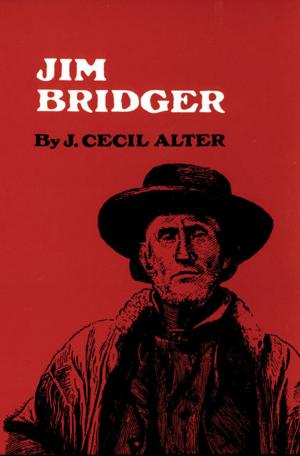Red Dreams, White Nightmares
Pan-Indian Alliances in the Anglo-American Mind, 1763–1815
Nonfiction, Social & Cultural Studies, Social Science, Cultural Studies, Native American Studies, History, Americas, Native American, United States, Revolutionary Period (1775-1800)| Author: | Robert M. Owens | ISBN: | 9780806149936 |
| Publisher: | University of Oklahoma Press | Publication: | March 16, 2015 |
| Imprint: | University of Oklahoma Press | Language: | English |
| Author: | Robert M. Owens |
| ISBN: | 9780806149936 |
| Publisher: | University of Oklahoma Press |
| Publication: | March 16, 2015 |
| Imprint: | University of Oklahoma Press |
| Language: | English |
From the end of Pontiac’s War in 1763 through the War of 1812, fear—even paranoia—drove Anglo-American Indian policies. In Red Dreams, White Nightmares, Robert M. Owens views conflicts between whites and Natives in this era—invariably treated as discrete, regional affairs—as the inextricably related struggles they were.
As this book makes clear, the Indian wars north of the Ohio River make sense only within the context of Indians’ efforts to recruit their southern cousins to their cause. The massive threat such alliances posed, recognized by contemporary whites from all walks of life, prompted a terror that proved a major factor in the formulation of Indian and military policy in North America. Indian unity, especially in the form of military alliance, was the most consistent, universal fear of Anglo-Americans in the late colonial, Revolutionary, and early national periods. This fear was so pervasive—and so useful for unifying whites—that Americans exploited it long after the threat of a general Indian alliance had passed.
As the nineteenth century wore on, and as slavery became more widespread and crucial to the American South, fears shifted to Indian alliances with former slaves, and eventually to slave rebellion in general. The growing American nation needed and utilized a rhetorical threat from the other to justify the uglier aspects of empire building—a phenomenon that Owens tracks through a vast array of primary sources.
Drawing on eighteen different archives, covering four nations and eleven states, and on more than six-dozen period newspapers—and incorporating the views of British and Spanish authorities as well as their American rivals—Red Dreams, White Nightmares is the most comprehensive account ever written of how fear, oftentimes resulting in “Indian-hating,” directly influenced national policy in early America.
From the end of Pontiac’s War in 1763 through the War of 1812, fear—even paranoia—drove Anglo-American Indian policies. In Red Dreams, White Nightmares, Robert M. Owens views conflicts between whites and Natives in this era—invariably treated as discrete, regional affairs—as the inextricably related struggles they were.
As this book makes clear, the Indian wars north of the Ohio River make sense only within the context of Indians’ efforts to recruit their southern cousins to their cause. The massive threat such alliances posed, recognized by contemporary whites from all walks of life, prompted a terror that proved a major factor in the formulation of Indian and military policy in North America. Indian unity, especially in the form of military alliance, was the most consistent, universal fear of Anglo-Americans in the late colonial, Revolutionary, and early national periods. This fear was so pervasive—and so useful for unifying whites—that Americans exploited it long after the threat of a general Indian alliance had passed.
As the nineteenth century wore on, and as slavery became more widespread and crucial to the American South, fears shifted to Indian alliances with former slaves, and eventually to slave rebellion in general. The growing American nation needed and utilized a rhetorical threat from the other to justify the uglier aspects of empire building—a phenomenon that Owens tracks through a vast array of primary sources.
Drawing on eighteen different archives, covering four nations and eleven states, and on more than six-dozen period newspapers—and incorporating the views of British and Spanish authorities as well as their American rivals—Red Dreams, White Nightmares is the most comprehensive account ever written of how fear, oftentimes resulting in “Indian-hating,” directly influenced national policy in early America.
